The Pro’s and Con’s of Aquaculture
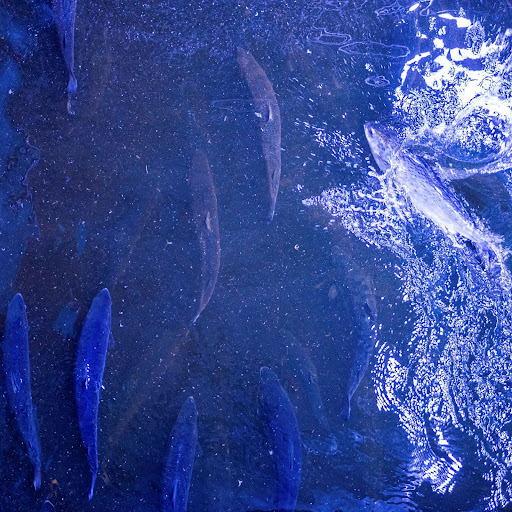
© A salmon comes to the surface of a pool at land-based fish farm Fredrikstad Seafood
January 20, 2022
Aquaculture has grown rapidly over the last 50 years and is now a viable market for the world’s food/fish supply. In 2027, the market is expected to be worth 177.3 billion dollars. With human consumption levels around 103 million metric tons, aquaculture could be the solution to the overfishing problem. Even so, do the consequences outweigh the benefits of aquaculture? Is it better to continue commercial fishing?
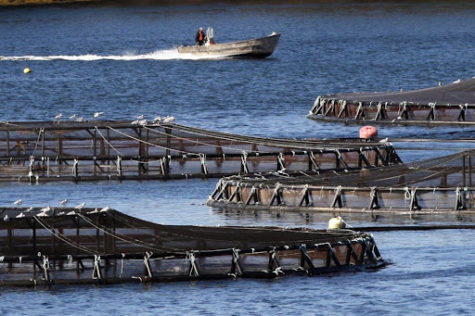
The Pros of Aquaculture
If done correctly, aquaculture has the potential to be a gateway to positive environmental impact. For example, shellfish beds have been shown to improve waterways in recent years, because many aquacultured beds, such as oysters, mussels, and clams, have been rapidly depleting due to environmental stress. Farming these new beds has enabled the shellfish to filter the water and even prevent erosion on nearby beaches and seascapes.
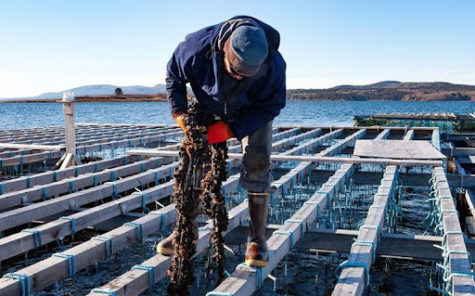
Communities that use this new farming capability can also bridge the “agricultural gap.” The gap is frequently cited as a problem related to population growth; as more people arrive, farms will be unable to keep up at the same rate. All that aquaculture needs is a body of water that can even be manufactured artificially.
Aqua farmers can now easily set up shop in areas where there isn’t suitable land for a farm, as well as in areas where food must be shipped out at a high cost. This not only provides the district with a new source of food but also a new source of employment, boosting the economy. If more businesses and farmers use aquaculture, the use of commercial fishing will decrease, allowing us to conserve more of our wild oceans.
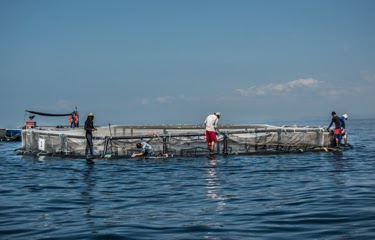
Commercial fishing has been in use for hundreds of years and has had a significant impact on the health of our oceans, frequently offsetting the natural balance of species’ food sources. This has resulted in the decline or extinction of numerous sea animal populations. Aquaculture, with these new practices, has the potential to help us loosen the grip that commercial fishing has on our environment, “Aquaculture requires a smaller amount of feed compared to commonly farmed animals used for food, therefore causing fewer greenhouse gas emissions compared to any farm” (Global Seafood Alliance). With this continued expansion of people, aquaculture could be the way to save our oceans and solve major sources of food insecurity around the world.
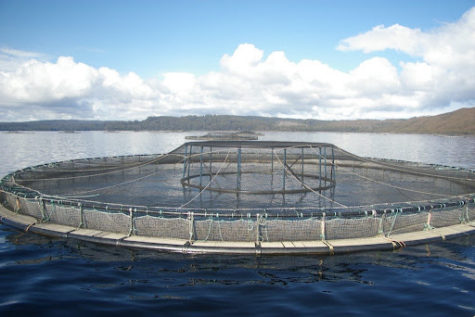
The Cons of Aquaculture
The benefits of aquaculture may be plentiful in the short term, but we must take account of our current situation and understand what aqua farms may preside over others in terms of environmental and humane safety.
One major concern pertaining to sea-side aquafarm is the release of pesticide and debris. Like all farms, Aquafarms produce waste. This waste can often consist of pesticides and minerals used to keep the fish healthy along with the natural waste they produce. When these farms are kept on the shorelines or in major bodies of water, these wastes enter the marine environment and often lead to damage, “Waste from the excessive number of fish can cause huge blankets of green slime on the water’s surface, depleting oxygen and killing much of the life in the water. In Brazil, destruction caused by aquaculture changed the local climate so much that some aquaculture operations have been forced to shut down” (PETA).
It’s often harder for people to trust the environmental efforts of these companies because of their ability to stay private. Much of what we know about commercial Aquaculture is collected through controlled and optimal sources. As consumers, we are not entitled to know about the inner workings of these companies which makes the environmental impact questionable. There is still a large problem to address as these companies more often than not lead the newer industry of aquaculture.
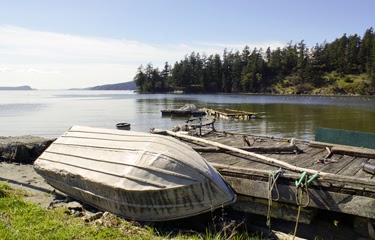
Considering that these fish commonly eat other fish in the wild or at the least need fish oil in their diet, farmers will need to provide their “crop” with fish from the surrounding area. This can be problematic because overfishing occurs in order to feed the commercially farmed fish.
Closing
The aquaculture industry, being newer, has many obstacles to overcome considering its economic and environmental capacity. As the industry grows, new restrictions will come into play; and while the current model may not work as well, companies will be forced to adapt to the changing times and ultimately make the decision for an improved environment and better food market. I personally believe that commercial fishing and general aquaculture, despite their negative connotations, will be beneficial to our overall environment.
